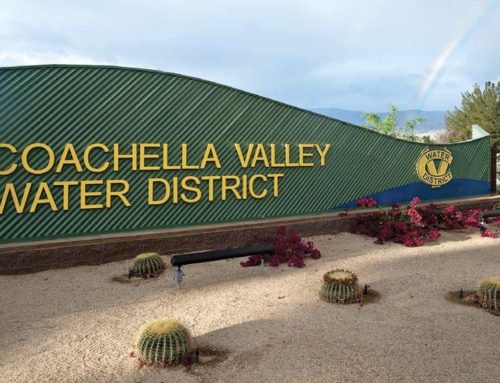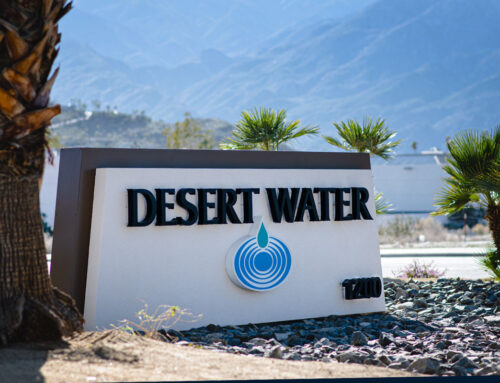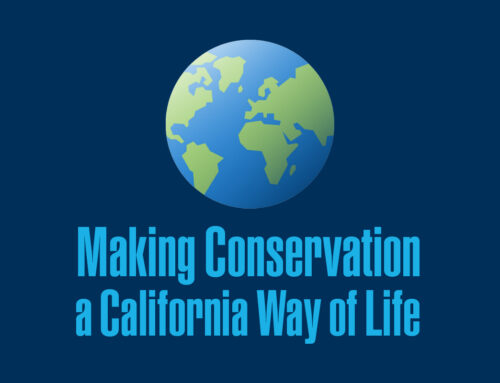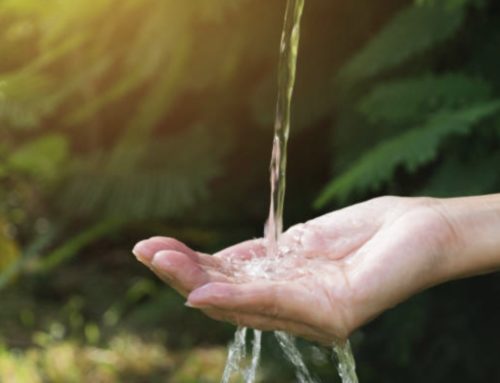Here in the Coachella Valley, our water comes from four sources:
- groundwater
- recycled water
- imported water from the State Water Project, and
- the Colorado River via the Coachella Canal, a branch of the All-American Canal.
Local Sources of Water
Virtually all of our drinking water comes from the groundwater basin, a source usually referred to as the aquifer. The Coachella Valley’s groundwater basin can be imagined as a tilted bathtub filled with sand and gravel and topped with a layer of clay in some areas. Water fills the spaces under the surface and in between the sand and gravel. Wells – ranging from a few hundred to over a thousand feet deep – reach the highest quality water within the aquifer. Pumps push the water up to reservoirs, or large water-holding tanks. Water is then delivered to businesses and residents via water agency distribution pipes.
Residents and businesses receive their drinking water from six Coachella Valley water agencies:
- Coachella Valley Water District
- Coachella Water Authority
- Desert Water Agency
- Indio Water Authority
- Mission Springs Water District
- Myoma Dunes Water Company
Our water agencies work closely with local golf course superintendents, landscape professionals and large property owners to maximize their water efficiency. Many golf courses, homeowner associations and local schools irrigate with recycled water. Developing alternatives to groundwater use for irrigation is a crucial component of effective water management in our desert.
Imported Sources of Water
Water for farming primarily comes from the Colorado River. It is delivered to local farms via the 123-mile Coachella Canal. A smaller share of farmers pump groundwater, using their own wells.
In addition to local farms, several golf courses within the Coachella Valley use Colorado River water to supplement their groundwater use.
We also use imported Colorado River water (and State Water Project water exchanged for Colorado River water) to replenish the aquifer at 4 sites throughout the Coachella Valley. This supplements natural groundwater replenishment from rain and melted snow.
Source: https://www.cvwd.org/154/Where-does-my-water-come-from







